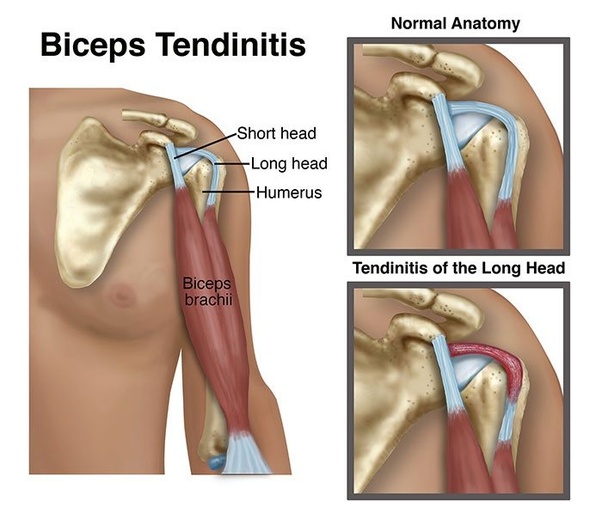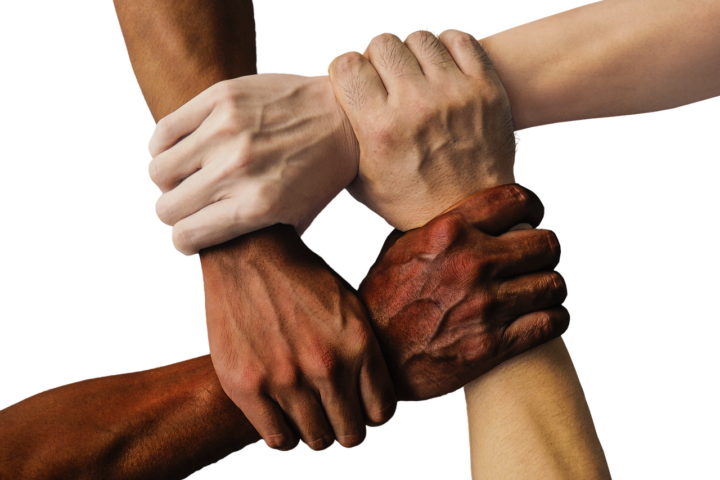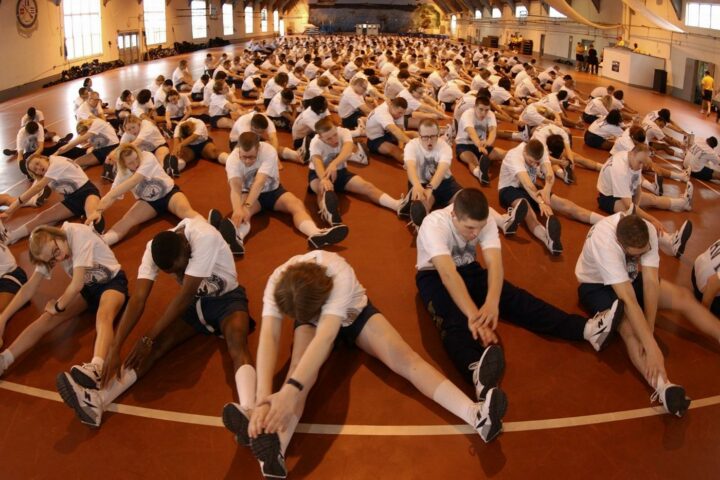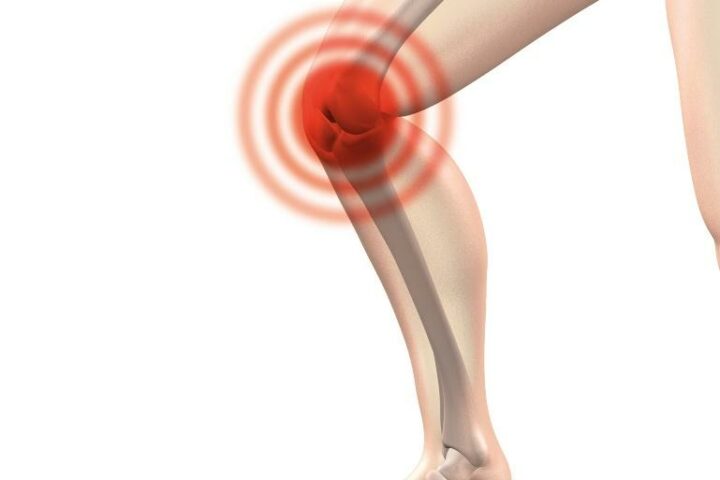Biceps tendonitis is inflammation of the biceps tendon. The biceps have two origins, a long head and short head. The long head originates on the supraglenoid tubercle of the scapula. The short head on the coracoid process of the scapula. The biceps is a bi-articulate muscle that crosses two joints, the shoulder and elbow joint. The bicep muscle runs anteriorly along the humerus, then crosses the elbow joint, and attaches to the radial tuberosity of the radius. Tendons attach muscles to bone and -itis signifies inflammation. When dealing with biceps tendonitis patients typically experience acute localized pain in the anterior shoulder when lifting arms overhead, pulling, and pushing. If untreated, symptoms can worsen causing more compensatory patterns with shoulder movements resulting in further musculoskeletal problems of the shoulder girdle.
So what causes bicep tendonitis? The short answer is repeated activation of the biceps which leads to excessive stress of the tendons that attach the muscle to the bone. However it goes much further than that, we live in a sitting world. We are sitting more than ever before and a majority of the time we are in front of the computer or driving. This lifestyle leads to a weakened mid back resulting in poor posture due to pec minor tightness that pull the shoulders forward at rest. All upper extremity motions require proper scapular stability to maintain proper integrity of the structures of the shoulder joint. Lack of adequate mid back strength can result in acute localized pain in the anterior shoulder due to increased recruitment of biceps.
This anterior shift of the scapula in the shoulders reduces the subacromial space, causing poor recruitment of rotator cuff muscles. Lack of scapular stability can lead to excessive wear and tear to the shoulder and an altered firing pattern in muscle activation. That loss for weeks or months leads to a gradual increase in use of the deltoids and the biceps. Keeping the integrity of the shoulder healthy is why you activate the mid back muscles and rotator cuff muscles. Physical therapy would be a great option to help heal acute pain, restore flexibility and strengthen all muscles needed to regain shoulder function.
So what do you do? The best option at home for acute pain is to apply ice for 10- 20 min, rest that shoulder and seek treatment with a physical therapist. Here you will be evaluated by a physical therapist and given a treatment plan depending on your specific needs. You can expect a combination of soft tissue mobilization, strengthening, and a home exercise routine to restore the proper movement pattern leading you to less pain, increased function and getting you back to your daily routine. Call (703) 723-9355 for an appointment with one of our many chiropractors, physical therapists, and acupuncturists that can help!




